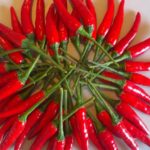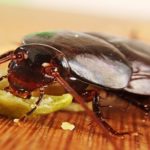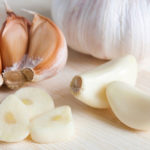Here are some tips for distinguishing between Chinese and Vietnamese vegetables and fruits. Pay attention to buy homemade and safe food.
How to distinguish Vietnamese and Chinese garlic
Vietnamese garlic has many types, but the bulbs are usually small and the sizes of the bulbs are uneven. When peeled, the small bulbs cling together, it is difficult to peel the skin, and the aroma is very distinctive, not very spicy. Lý Sơn garlic has small bulbs with white skin, while Da Lat garlic has purple-brown skin…
In contrast, Chinese garlic is usually round, the sizes of the bulbs are quite even, the outer skin is slightly yellowish white and shiny. The garlic cloves are large, white, shiny, and flared out, the skin is thin, very easy to peel, has a pungent taste, not aromatic.
Looking from the outside
– Chinese garlic: The bulbs are very large, the outer skin is slightly yellowish white, easy to peel.
– Vietnamese garlic: The bulbs are small, the outer skin is white or purple-brown, difficult to peel.
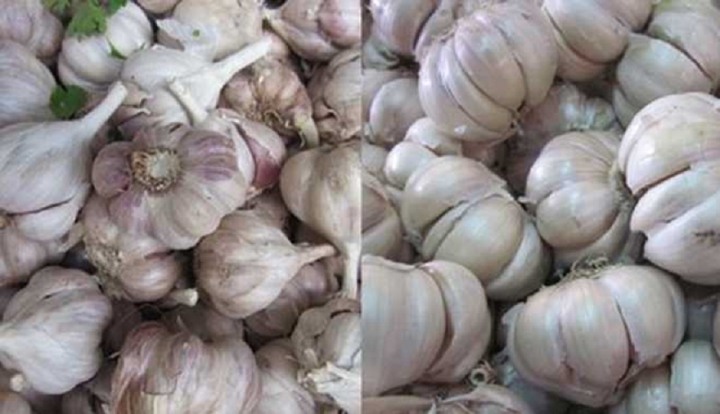
How to distinguish Vietnamese and Chinese garlic
When peeled
Chinese garlic: The garlic cloves flare out.
– Vietnamese garlic: The garlic cloves cling together.
Taste and smell
– Chinese garlic: Pungent taste, no aroma
– Vietnamese garlic: Mild aroma, pleasant scent, distinctive pungent and spicy taste.
Onions
– Chinese onions: The appearance is often green. When cut, you can easily see the structure of the onion layers.
– Vietnamese onions are mostly from Da Lat. They are yellow, purple or white, round and even-shaped, and shiny.
As for Vietnamese dried spring onions, they usually have about 2 to 3 small medium-sized onions, while Chinese onions only have 1 single, round and large onion.
Ginger
– Chinese ginger has a shiny and smooth skin, looks juicy and slightly yellow, when cut horizontally, it is very easy because it has few fibers. Another noticeable characteristic is that Chinese ginger is usually very large.
– Vietnamese ginger is usually slightly dark in color, small bulbs and looks unattractive like Chinese ginger. Especially, Vietnamese ginger is very aromatic, you can smell the ginger without cutting it.
Broccoli
Broccoli grown in Vietnam and broccoli originating from China have many different external characteristics, if carefully observed, consumers can completely distinguish between these 2 types.
– Chinese broccoli is dark green, smaller than Vietnamese broccoli, and usually has only one flower per plant.
– Vietnamese broccoli is usually longer and larger. Each plant is divided into many small flowers and has a light green color.
Cabbage
– Chinese cabbage is stored in mesh bags, round and even in shape, about the size of two fists. It has many curly leaves and a darker green color than common cabbage.
– Vietnamese cabbage is large and white. The cabbage leaves are tightly packed together to form a big mass.
Bok choy
– Vietnamese bok choy is small, can be bundled, and can last long.
– Chinese bok choy is large (usually double the weight of local bok choy), cannot be bundled, and spoils quickly.
Carrots
– Chinese carrots often do not have stems due to long freezing storage, the stems have rotted and need to be cut off. Chinese carrots have a shiny appearance, no stripes, and all carrots are the same size. Usually, they do not have stems or the heads are black.
– Vietnamese carrots are small, dark orange in color, and have clear stripes. The stems are still green and intact.
Tomatoes
– Chinese tomatoes rarely have stems. Although it is more difficult to distinguish, Chinese tomatoes are always larger, uniform in size, without stems and evenly shiny, even if the color is deep red, they still feel hard when touched.
– Vietnamese tomatoes come in all shapes, with some fruits being large and some being small and uneven in size. Red fruits are usually slightly soft and always have stems.
Potatoes
– Chinese potatoes also have many different types, but it can be seen that the skin of the potatoes is slightly green. When cut, the flesh is not yellow but pale white. When ripe, the potatoes are not smooth but often wilted.
– Vietnamese potatoes usually have a dark color, small size, characteristic yellow flesh, small eyes, thin skin, and easy peeling. When ripe, the potatoes are smooth and starchy.
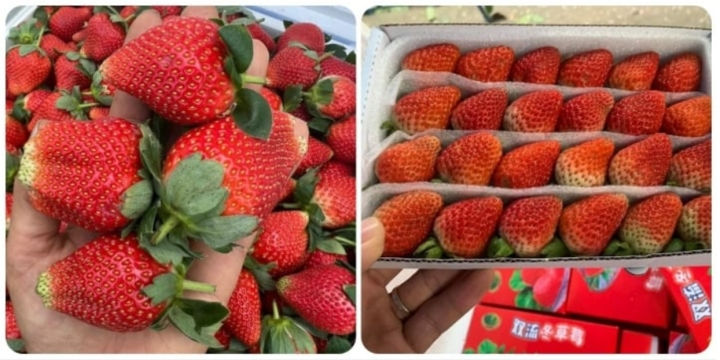
How to distinguish Moc Chau strawberries and Chinese strawberries: Chinese strawberries (right) are evenly sized and can be stored for a long time without spoiling.
Strawberries
– Chinese strawberries have large fruits, high uniformity. The fruits are hard, smooth, and dark red in color. In addition, the Chinese strawberries have long green parts (covering the stem) that are darker red, without white. The fruits do not have a fragrant smell, when eaten they feel dull without a refreshing taste. Furthermore, Chinese strawberries can be stored longer than Moc Chau strawberries.
– Moc Chau strawberries have small, uneven fruits, usually larger at the stem and tapering towards the tip. The strawberries currently grown in Moc Chau are 90% of the Japanese variety, weighing from 10g to 30g. Moc Chau strawberries are moderately sized and not too large, bigger when entering the main crop. The fruits are moderately firm, bright red in color. Moc Chau strawberries have Japanese variety with a sweet taste but still accompanied by a light refreshing sour taste. Moc Chau strawberries have pale red pulp, intermingled with white color.
Mangoes
– Chinese mangoes are usually larger, have green or light yellow skin, and have slightly black spots near the stem.
– Vietnamese mangoes are smaller, have rough and darker skin.
Pears
– Chinese pears are larger, usually green or yellow, with smooth and beautiful skin.
– Vietnamese pears are smaller, have rougher and darker skin.
Source: vtc.vn
How to Effectively Treat Fishbone Issues at Home
Everyone loves feasting on the deliciousness of fish during the holidays. But, unfortunately, choking on fish bones is an unavoidable issue that may lead to devastating consequences if left unattended for a prolonged period. Let’s see how Dien May Xanh can help us out when fish bones get stuck in our throat.


























